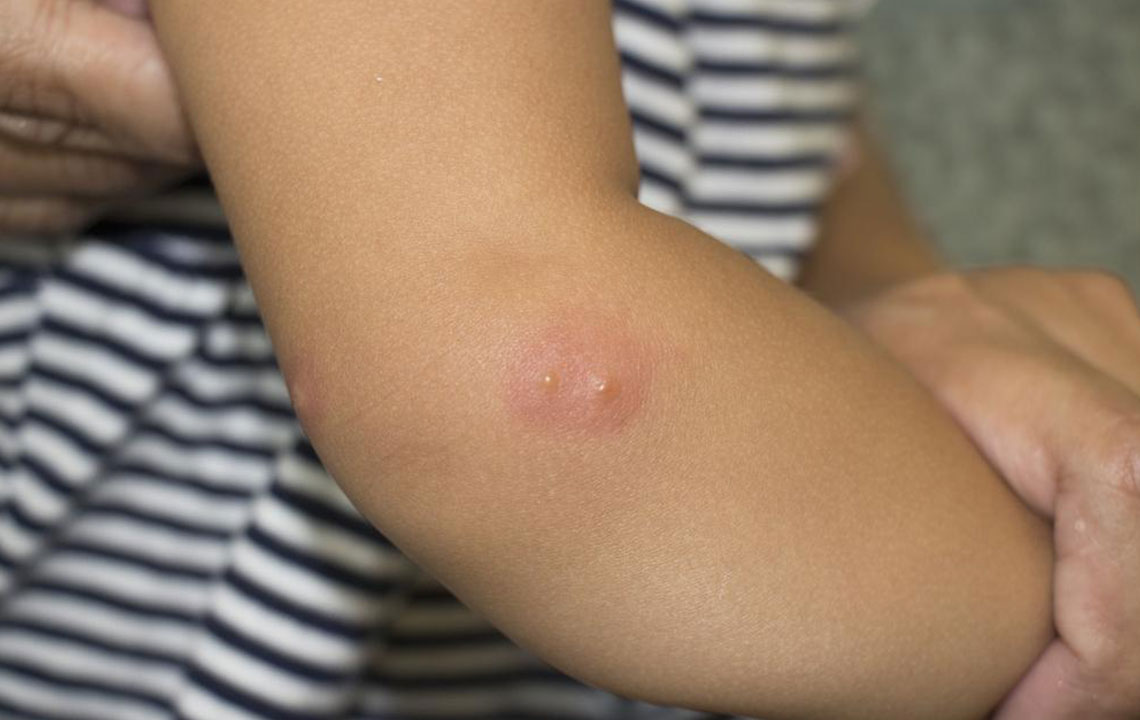Shingles – Symptoms and treatment
Shingles are painful skin rashes with blisters, which in most cases, develop on one particular side of the body.
Theyare caused by varicella-zoster virus,a type of herpes virus, which is the same virus that causes chickenpox. When you are exposed to this virus, it will initially cause chickenpox. Even after you have fully recovered from chickenpox, the virus lives in your nerve roots forever. However, it becomes dormant and may remain in the same state for years.

Anyone who has had even a mild case of chicken pox can develop shingles at a later stage. However, this does not mean that everyone who has had chickenpox will develop shingles at some point in their life.
Transmission:
You can contract shingles virus by coming in contact with fluid in shingles blisters on an affected person.
Symptoms:
Initially, you develop flu-like symptoms, which include a headache and general discomfort, although there is no change in body temperature.
Pain and itching in a certain part of the body is experienced. This is the site at which the virus has reactivated.
You may develop a localized rash after one or two days.
Treatment for shingles:
- If you are under the perception that there is a known treatment, shingles doesn’t have a specific cure. The virus will run its course before subsiding to a dormant state. However, medication helps you with heal the pain and recovers rapidly. The chances of complications including postherpetic neuralgia increase, if you do not seek timely medical intervention.
- Antiviral medication is accepted as the standard and effective treatment for shingles. It should be started as soon as you develop a rash. They help to reduce the pain and the duration of shingles.
- Over-the-counter pain medication such as Ibuprofen is usually prescribed to handle the pain.
Topical antibiotic treatment infection can be applied over the blisters to prevent infection. - In some individuals, the pain from shingles rash can last for more than a month or a year.
- The condition is called Postherpetic Neuralgia, which occurs as a complication of shingles. The severe pain starts interfering with the routine life of the patient and continuous treatment may be required to overcome this complication.
- Shingles complication can cause severe pain, and the patient may require stronger medication to manage the pain.
- Numbing agents including Lidocaine or Capsaicin, which are available as creams, gels, sprays or skin patches are prescribed to control the pain after the blisters have subsided.
- Some patients may require anti-depressants to overcome the long-term effects of the disease on their life.
A shingles outbreak can last anywhere between two to six weeks. Although most people develop shingles only once in their lifetime, there are cases where people have developed shingles a second or third time.




